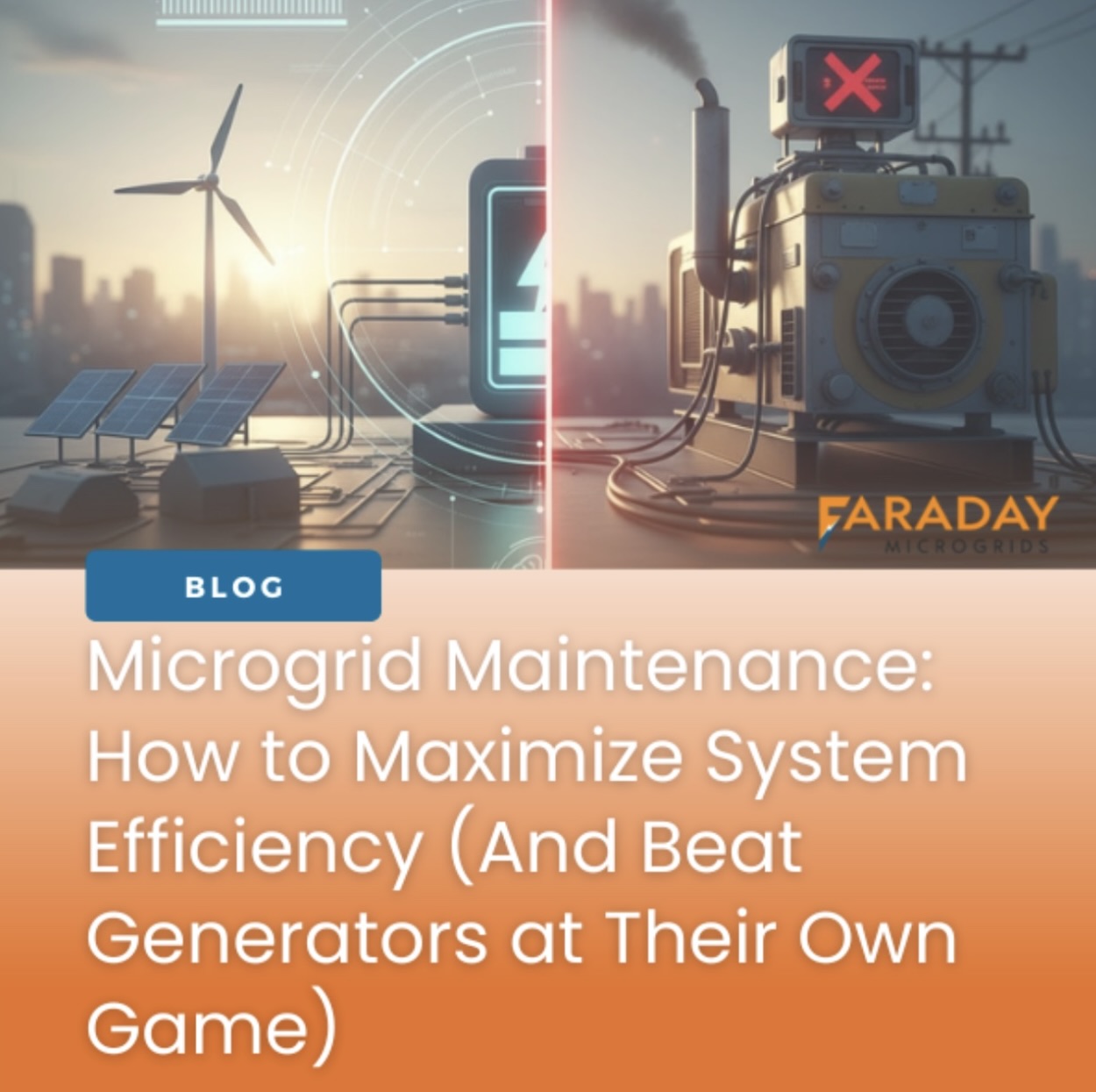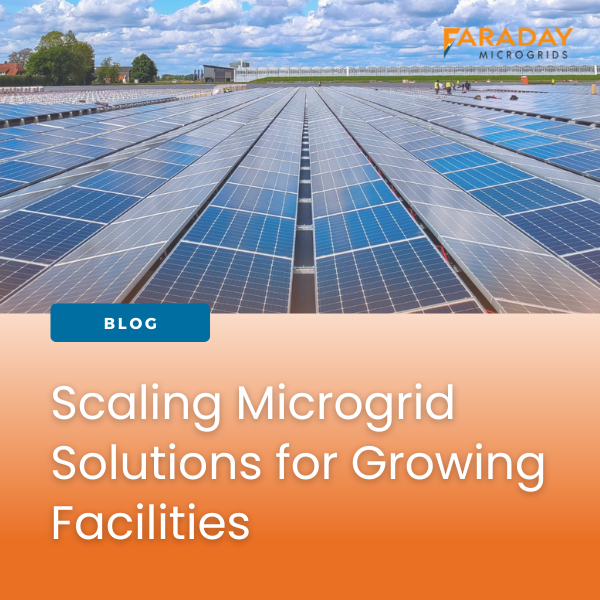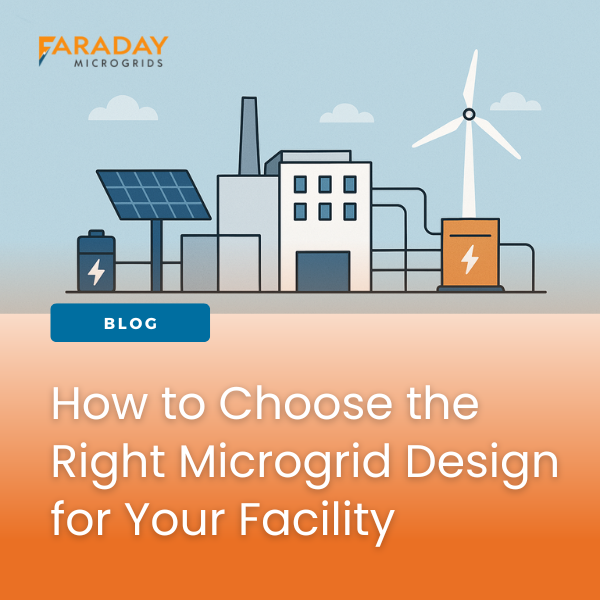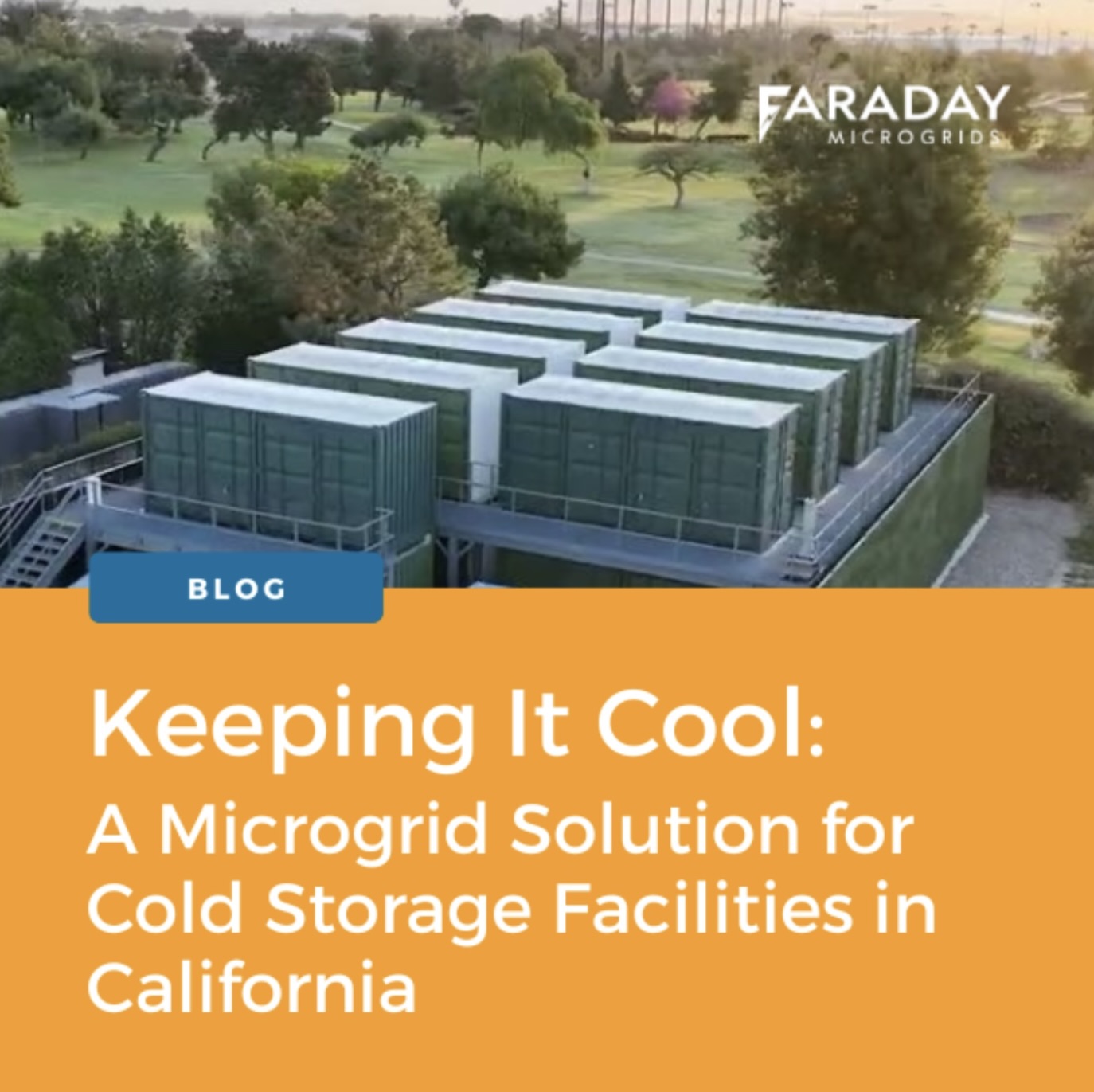California Assembly Bill 2511
A new California law, Assembly Bill 2511, was passed on September 29, 2022.
This law states that all skilled nursing facilities (SNF) in the state of California must have an alternative source of power that will supply no less than than 96 hours continuous power to support an expanded list of electrical loads in the event of a utility/grid outage.
The law requires that all SNFs comply with the stated requirements no later than January 1, 2024—leaving many SNFs scrambling to determine the best course of action—both in backup power options, and how to pay for them.
Here’s a quick look into why this bill came to be, and how you can successfully finance your facility’s compliance in time for the new year.
Why Was The New Law Passed?
Assembly Bill 2511 was passed to ensure that all residents living in SNFs will be protected from threats to their health and safety that might occur in the event of prolonged electrical utility outages. Incidentally, this significantly extends the time frame during which a facility might need to curtail operations or even evacuate under emergency conditions.
Prior to the bill being passed, facilities were only required to have 6 hours of backup power, and there was no requirement to support loads such as heating, ventilation, and air conditioning and others. Even facilities that might be compliant with the fuel storage requirements might still need to change the connectivity of these other loads and/or their sequence of operation.
What Are My Options for Backup Power?
The two most common backup energy options are diesel powered generators and solar microgrids.
In our blog Diesel Generators vs. Solar Microgrids, we detail the pros and cons of each energy source; but in short, here are the highlights:
“Conventional systems are well-established, reliable, and their operational requirements are known. However, for the vast majority of the time, they contribute to operational cost yet produce little value. In addition, fuel storage costs, regulatory documentation, periodic testing, and other activities require dedicated personnel time and effort and add costs.
Renewable energy microgrids (onsite energy generation, storage, and deployment under local control) can provide numerous, ongoing financial benefits. In addition, microgrids require significantly less operation and maintenance. These function as real assets – first paying for themselves and later converting operations expenses into capital resources.”
If your ultimate goal is to reduce your environmental impact while increasing your facility’s ongoing energy reliability, a microgrid is by far your best choice for a backup energy source.
What Are My Options In Terms of Financing Backup Energy Compliance?
- Pay in cash
Fronting the entire cost of a microgrid project isn’t feasible for most facility owners, but it does exist as an option for securing backup energy.
However, it’s worth considering that paying in cash requires a significant monetary outlay that may yield delayed return on investment. If you are in a position to pay for your backup power source in full, great! If not, two other options also exist.
Pros: Avoid obtaining loans and/or interest payments and secure your backup energy source outright
Cons: It will take several years to see a return on your investment and you have expended valuable cash that could be used for other business purposes.
2. External/government funding
External funding, or having a third-party finance your entire backup energy project, gives you a significant amount of savings without any obligations to fund or manage the system. At the same time, however, you may miss out on the tax and other benefits that attach to microgrid projects.
Government funding for microgrids such as the California Energy Commission (CEC) is available for a select group of facilities, particularly those owned and operated by indigenous peoples or otherwise in disadvantaged communities. This contribution can defray a significant amount or even the entire cost of your microgrid. The resulting savings are essentially a 100% benefit, as opposed to costing a great deal of money up front.
Pros: Significantly reduced or zero cost for microgrid purchase and installation (for qualifying facilities)
Cons: Little to no access to federal tax incentives
3. Utilize Property Assessed Clean Energy (PACE), on-bill finance programs, or conventional loans
Available for both residential and commercially owned properties, the Property Assessed Clean Energy program (PACE) is an innovative model for the sustainable funding of renewable energy installations.
Rather than paying all at once (cash) or submitting the majority of your payment up front, PACE allows you to pay back microgrid costs over time through a voluntary assessment through the property tax system. This is even available to institutions that do not currently pay property taxes.
According to energy.gov, property owners that voluntarily choose to participate in a PACE program repay their improvement costs over a set time period—typically 10 to 20 years and the debt is tied to the building or property rather than the project.
On-bill financing allows smaller clean energy projects, typically less than $250,000, to be funded by the utility and repaid on the utility bill. These are generally 0% interest arrangements – allowing you to delay the use of valuable capital while still reaping all of the benefits.
Conventional loans are familiar instruments and some facilities will already have lines of credit that they can call upon for capital projects. Unfortunately, interest rates have been climbing quickly and the cost of money may render conventional loans prohibitively expensive.
Pros: Avoid the financial burden of paying one lump sum for microgrid installation
Cons: All forms of lending must be collateralized and, if not repaid, may have other consequences.
Faraday Microgrids is here to support you in your journey to compliance and sustainability.
Learn more about microgrid installation options and get your FREE facility assessment.






